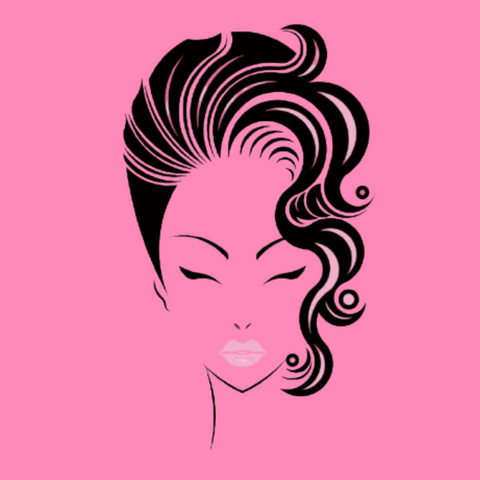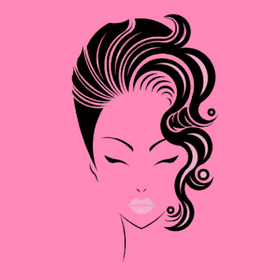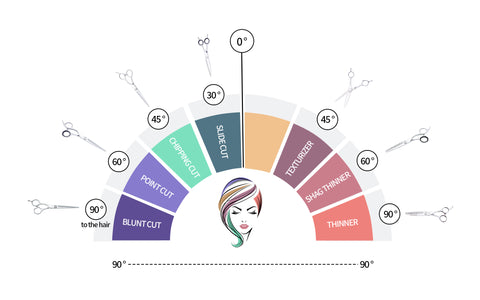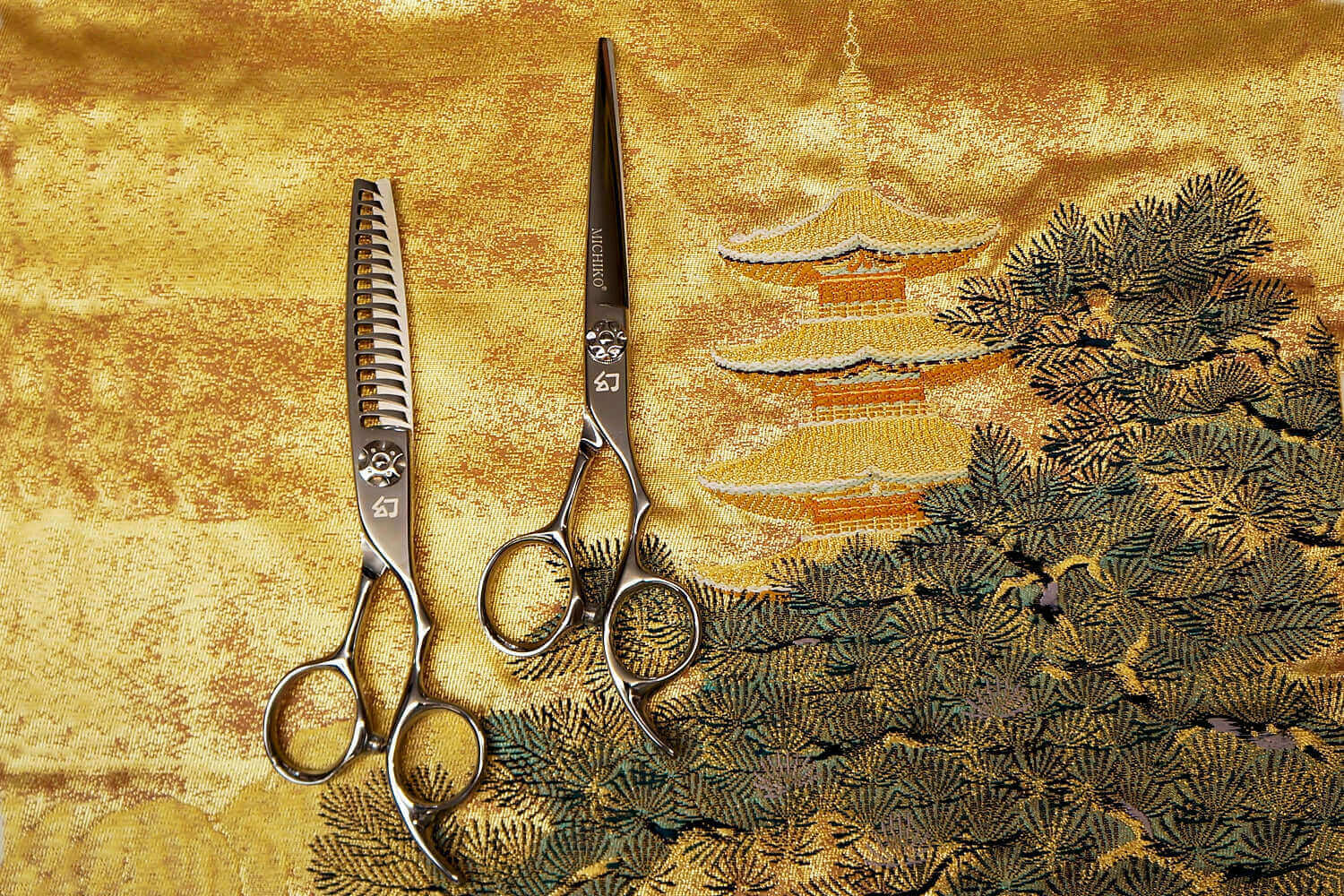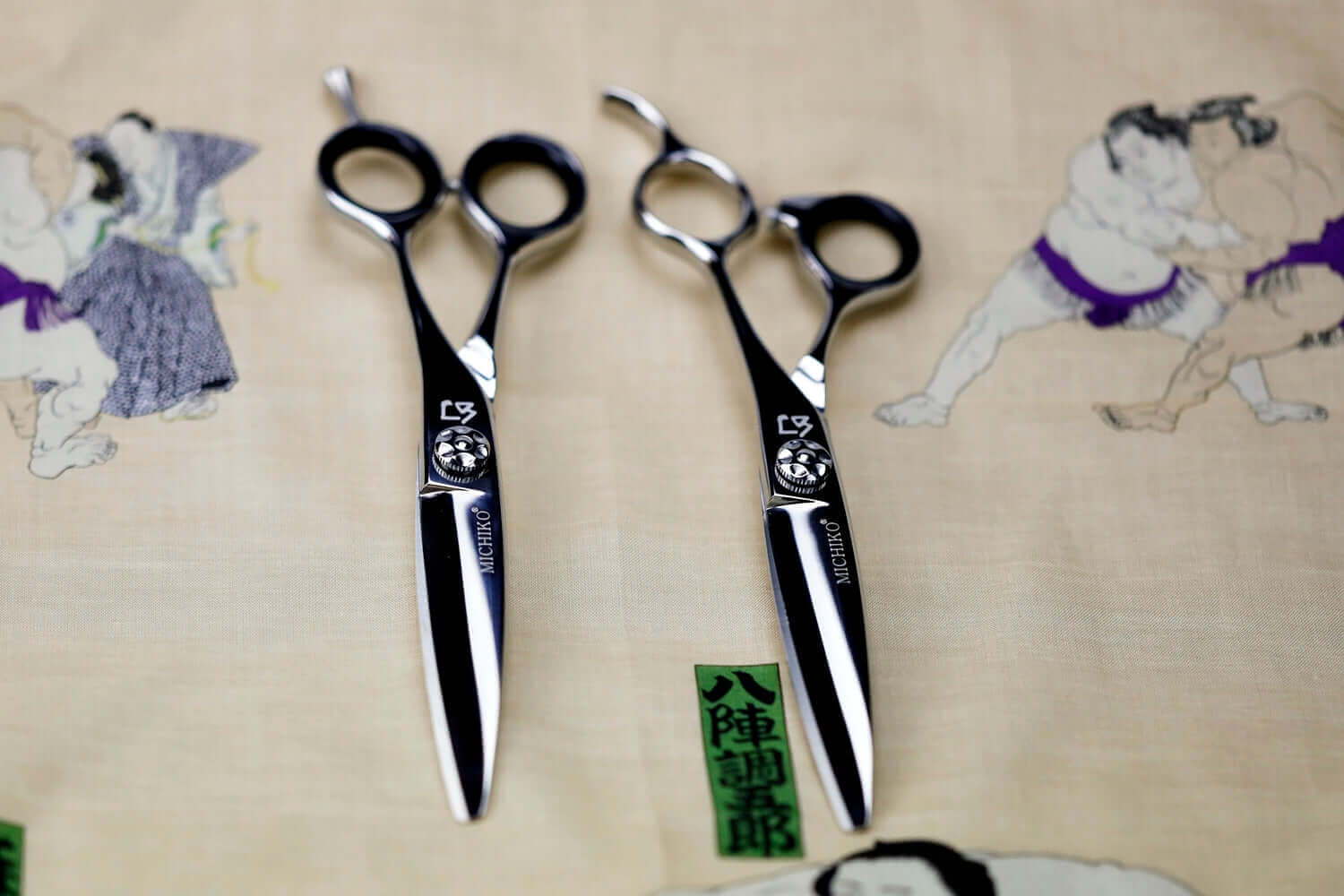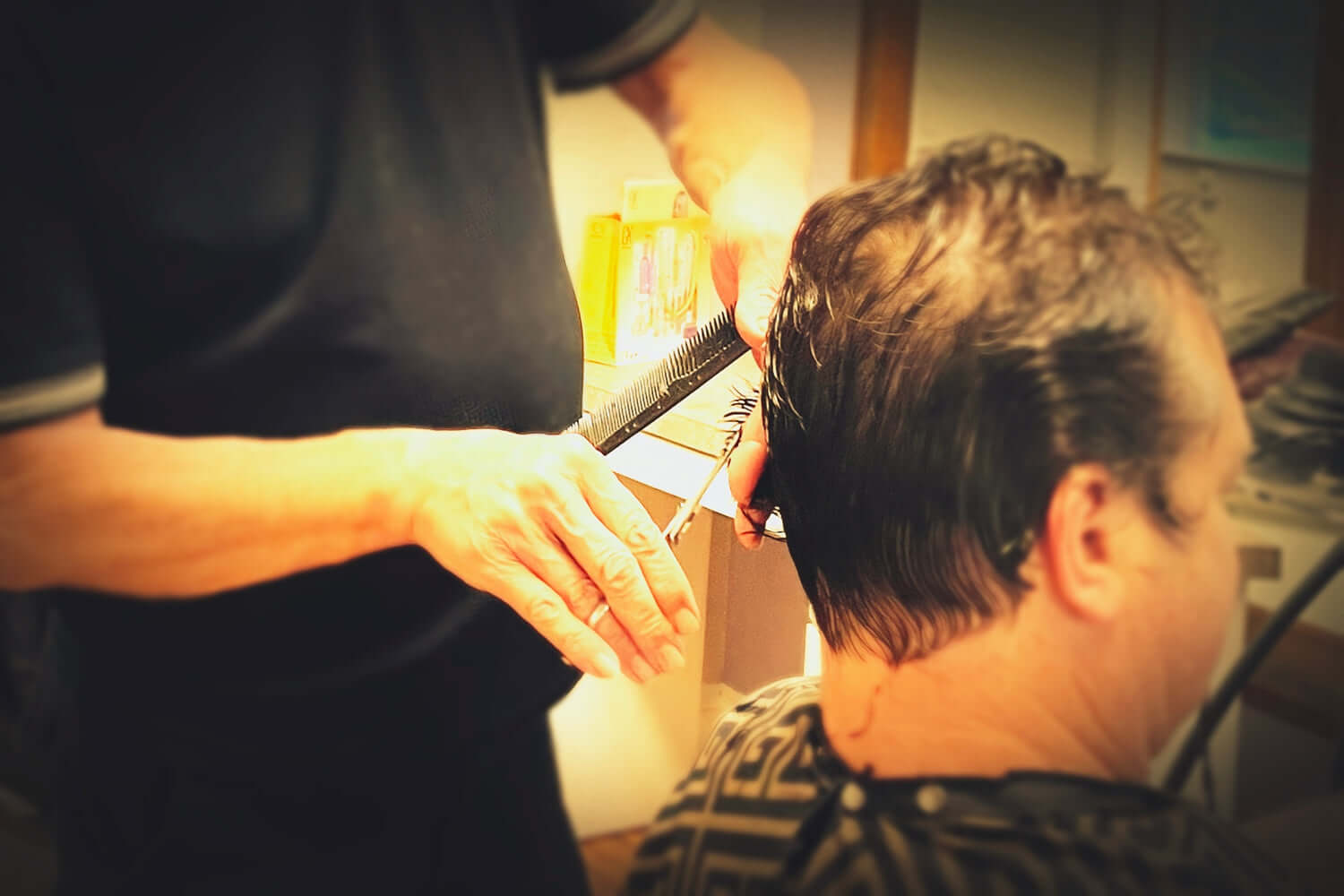Cutting Without Pain: Professional Techniques to Prevent Wrist Strain Behind the Chair

Long hours behind the chair can take a toll on your body—especially your wrists. Whether you're blow-drying, layering, or point-cutting, repetitive hand and wrist motions can lead to strain, discomfort, or even long-term conditions like carpal tunnel syndrome.
But it doesn’t have to be that way.
In this guide, we’ll share practical, expert-approved strategies to reduce wrist strain for hairstylists and barbers. From tool choice to technique and ergonomics, these tips will help protect your most valuable tools—your hands.
Why Wrist Strain Is Common Among Stylists
Hair professionals make thousands of repetitive motions every day—snipping, combing, sectioning, lifting. Over time, these micro-movements can cause:
-
Wrist fatigue and stiffness
-
Numbness or tingling in the fingers
-
Decreased grip strength
-
Chronic pain or inflammation
Early prevention is key. Minor discomfort today can turn into serious injury later without the right habits.
1. Use Swivel or Offset Shears
Tool choice is the first line of defense. Standard shears force your wrist into awkward positions—especially around ears and shoulders. Switching to:
-
Offset handle shears helps your hand maintain a more natural position.
-
Swivel thumb shears allow full motion without contorting your wrist.
These ergonomic designs can dramatically reduce repetitive stress.
2. Maintain a Neutral Wrist Position
When cutting or sectioning, aim to keep your wrist:
-
Straight or slightly flexed (not bent at sharp angles)
-
In line with your forearm
-
Relaxed, not locked or tensed
Reposition yourself or the client as needed—don’t contort to fit the haircut. Protect your alignment.
3. Use Your Whole Arm, Not Just Your Wrist
Many stylists make the mistake of doing all the work with their hands. Instead:
-
Cut using shoulder and elbow movement to reduce wrist overuse
-
Avoid “pinching” your shears open and closed—glide, don’t grind
-
Use proper body posture so you're not compensating with your wrist
4. Take Micro-Breaks Throughout the Day
Even 30 seconds makes a difference. Every hour or so:
-
Stretch your wrists and fingers
-
Gently rotate your wrists
-
Shake out tension
-
Do wrist circles or flexor stretches
These mini resets improve blood flow and reduce inflammation.
5. Don’t Over-Tighten Your Shears
Shears that are too tight require extra force to open and close. Use the tension adjustment screw to ensure smooth motion without excessive pressure.
6. Sharpen Your Shears Regularly
Dull shears force you to grip harder and use more wrist motion. Sharp, well-maintained shears glide with less resistance, reducing hand fatigue.
7. Use Lightweight, Balanced Tools
Heavier shears or poorly balanced tools strain your wrist over time. Look for:
-
Japanese steel shears (lightweight and strong)
-
Well-balanced design—weight should feel centered, not blade- or handle-heavy
-
Proper size (typically 5.5–6.0" for most pros)
8. Wear a Support Brace (If Needed)
If you're already experiencing pain or numbness, a wrist support brace can help stabilize the joint during recovery. But it's best used with other ergonomic improvements, not as a replacement.
Final Thoughts
Wrist strain doesn’t have to be part of the job. With the right tools, posture, habits, and maintenance, you can protect your hands and extend your career behind the chair.
Prevention is always easier than recovery. Your wrists are worth the investment.
